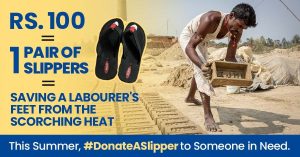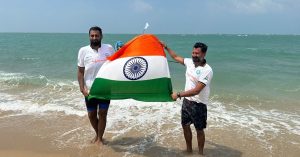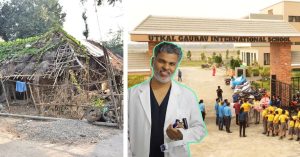46-YO Quit Comfortable Job to Help Millions Study, Find Jobs, & Reach Global Stages
Social entrepreneur Sriram V Ayer established his foundation NalandaWay in 2005 to use art forms like music, theatre, and more to transform the lives of children affected by disasters, violence, HIV/AIDs and more.

Social entrepreneur Sriram V Ayer’s life can be slotted into two periods — before and after 2002.
In the former, he held a lucrative corporate job that he enjoyed thoroughly. He’d started working in his early 20s, and by the time he was 27, had been promoted to a senior role within the company.
“It was an exciting time for me at work. I got to travel the world and was exposed to so many experiences. In a sense, it allowed me to see and learn many things,” he tells The Better India.
The ‘after’ came in the wake of the Gujarat riots, when Sriram was first woken out of his reverie. “Seeing the kind of pain being inflicted on people was very disturbing. I kept thinking about what makes us so hateful towards each other. Seeing what people had become scared me,” he recalls.
Three years later, this — coupled with a few more profound experiences — would encourage Sriram to establish NalandaWay Foundation in Chennai.
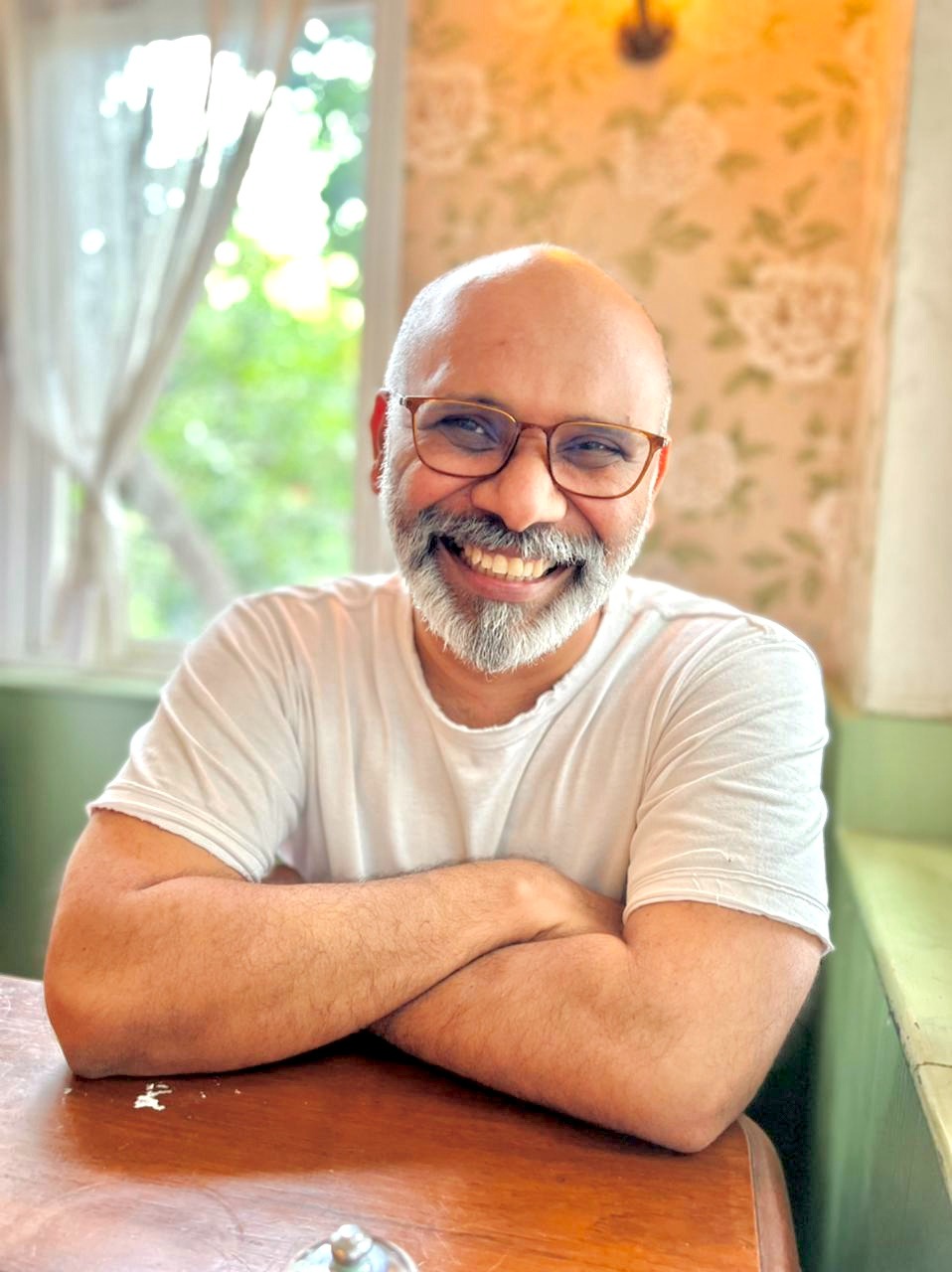
The organisation works with children from low-income backgrounds to “achieve through arts” (ATA) and make learning fun. These art forms include theatre, dance, music, photography, creative writing, storytelling, and film.
Since inception, the organisation has worked with over 10 million students across Tamil Nadu, Delhi, Bihar, and Jammu & Kashmir. This is done through direct classroom intervention, as well as collaboration with other civil society organisations, which includes the Government of Delhi, Sriram explains.
How do we make communities understand one another?

Sriram found himself in Baroda, Gujarat in May 2002, two months after the Godhra riots. The violence continued to precipitate and spread over the months, and Baroda was witnessing the after-currents rather strongly.
Even as he continued his job, the worry of polarisation around him remained in his mind. In 2004, another event would push him to think about where the world was heading.
“One evening, a young boy named Vinod walked into my office cabin with agarbattis (incense stick) in his hand. In conversation, I gathered that his father had left the family when he was very young. His mother and sister were involved in making the agarbattis.”
He goes on, “He was attending school during the day and selling agarbattis in the evening to be able to fund his fees.”
It was this conversation, he says, that made him realise the importance of having a good mentor in one’s life.
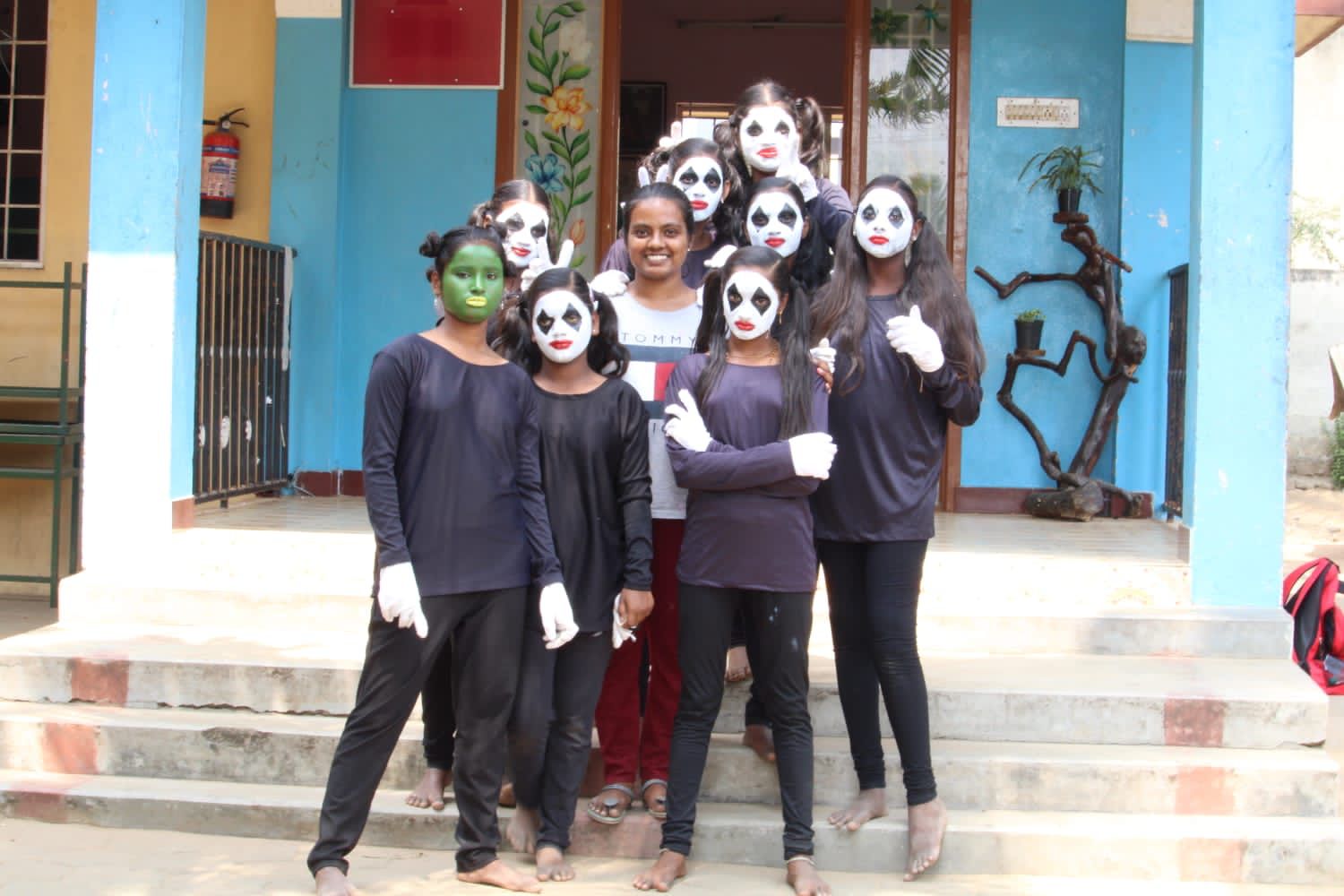
“Here was a young boy who was so keen on pursuing his education, but his financial situation did not allow for that. While he was doing everything in his capacity to continue studying, I felt he would have benefited immensely from having a mentor in his life,” adds Sriram. A few years later, after the establishment of his organisation, he found Vinod and began supporting his education. Today, the young man works in a firm in Chennai.
Meanwhile, in the aftermath of the Indian Ocean tsunami — which devastated Thailand, Indonesia, Sri Lanka and parts of India — the same year, Sriram began noticing how people stepped up to help others in distress.
“Here, there was no question about one’s religion, affiliations, caste or creed. People who had no prior experience in disaster management came out to help. Witnessing that changed something within me,” he adds.
With the Godhra incident still fresh in his mind, he felt the need to do something concrete to bring about change.
“What if I could find students like Vinod a mentor from a community other than their own? It would provide both of them a chance to understand each other’s community well, and see things from a different perspective. I thought doing this could solve two issues — being respectful of different religions, and being able to find a mentor to help and support students from underprivileged backgrounds,” says Sriram.
This was his eureka moment, and led to the formation of NalandaWay in 2005, for which he quit his job the previous year.
He says, “In general, we are all born with qualities of compassion and kindness. One just needs to work on ensuring that we continue to hone these qualities and allow them to be at the forefront.”
With NalandaWay, Sriram attempts to stabilise the lives of children reeling from one disaster or the other, and encourage them to not only understand harmony and co-existence, but also work in tandem to build brighter futures for themselves.
Use art to voice your fears
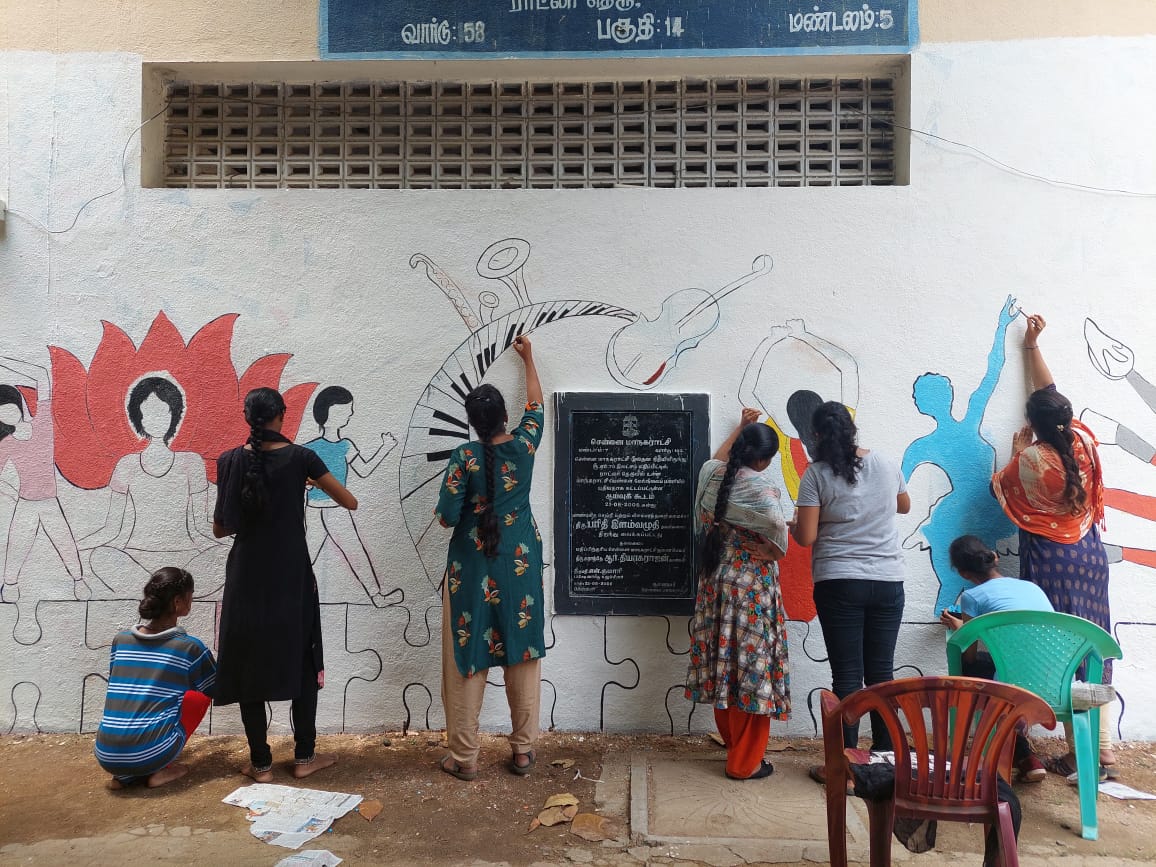
With no formal training in education or the social sector, the social entrepreneur learnt along the way. He recalls having multiple conversations with children, teachers, and other stakeholders to see how best he could design programmes to help.
“When I asked a group of children why they were disinterested in school and classes, the answers I got were all standard — bored with the way things were being taught, teachers being rude, general lack of any incentive to study and do well…” he says.
To find a way to make education intriguing, he introduced the children to art.
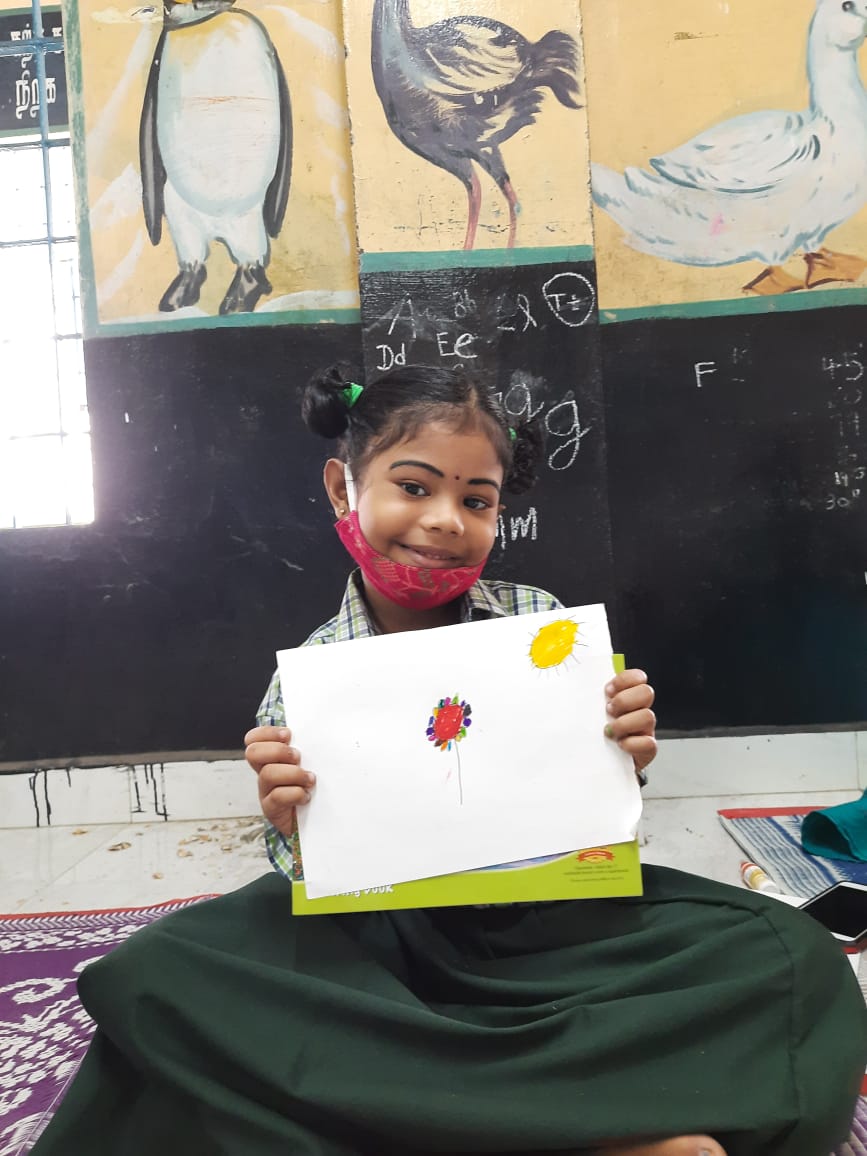
They were assigned the same chapter they had described as boring, and were asked to present it as a play.
“Suddenly, they were willing to go above and beyond to understand the topic and walked away with such a real sense of learning,” Sriram says.
Due to the manner in which they were taught, each child felt seen, as well as a sense of accomplishment. “The kinaesthetic form of learning seemed to bode well with all of them and that was a big learning for us,” he says.
This, in turn, debunked the myth that children are not interested in learning.
“It was just about finding a medium that worked for them,” Sriram says.
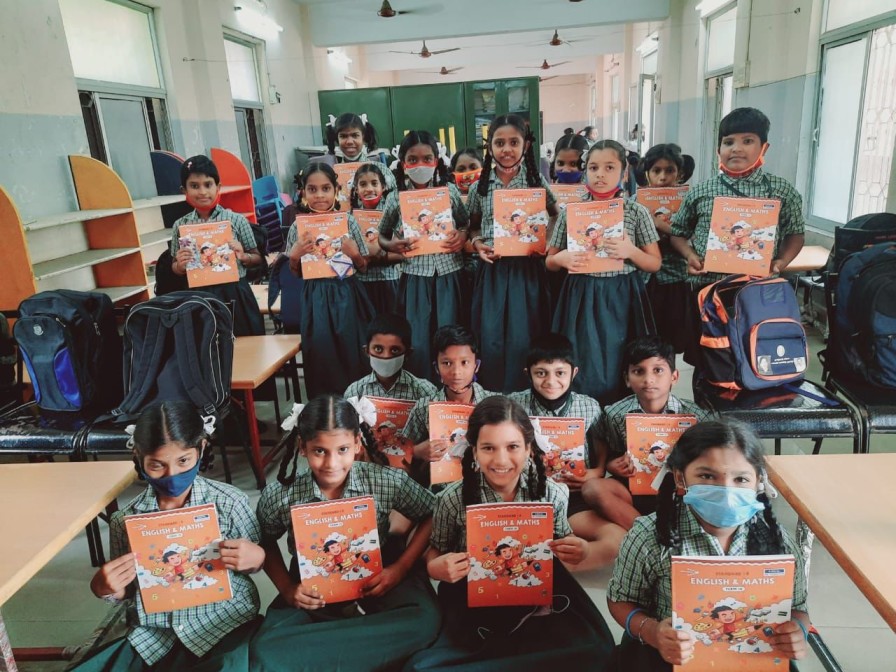
The foundation works closely with children coming from backgrounds of trauma — rescued from child labour, impacted and orphaned due to the tsunami, affected by HIV/AIDS, and trafficked for flesh trade.
“We used theatre, art, music, dance, photography and creative writing as mediums to help them express and voice their challenges and fears,” says Sriram. These works were then showcased to decision makers, IAS officers, and schools to help bring about change, as well as encourage students to continue their education.
One of their successful projects has been the launch of NalandaWay children’s choir, introduced in 2015.
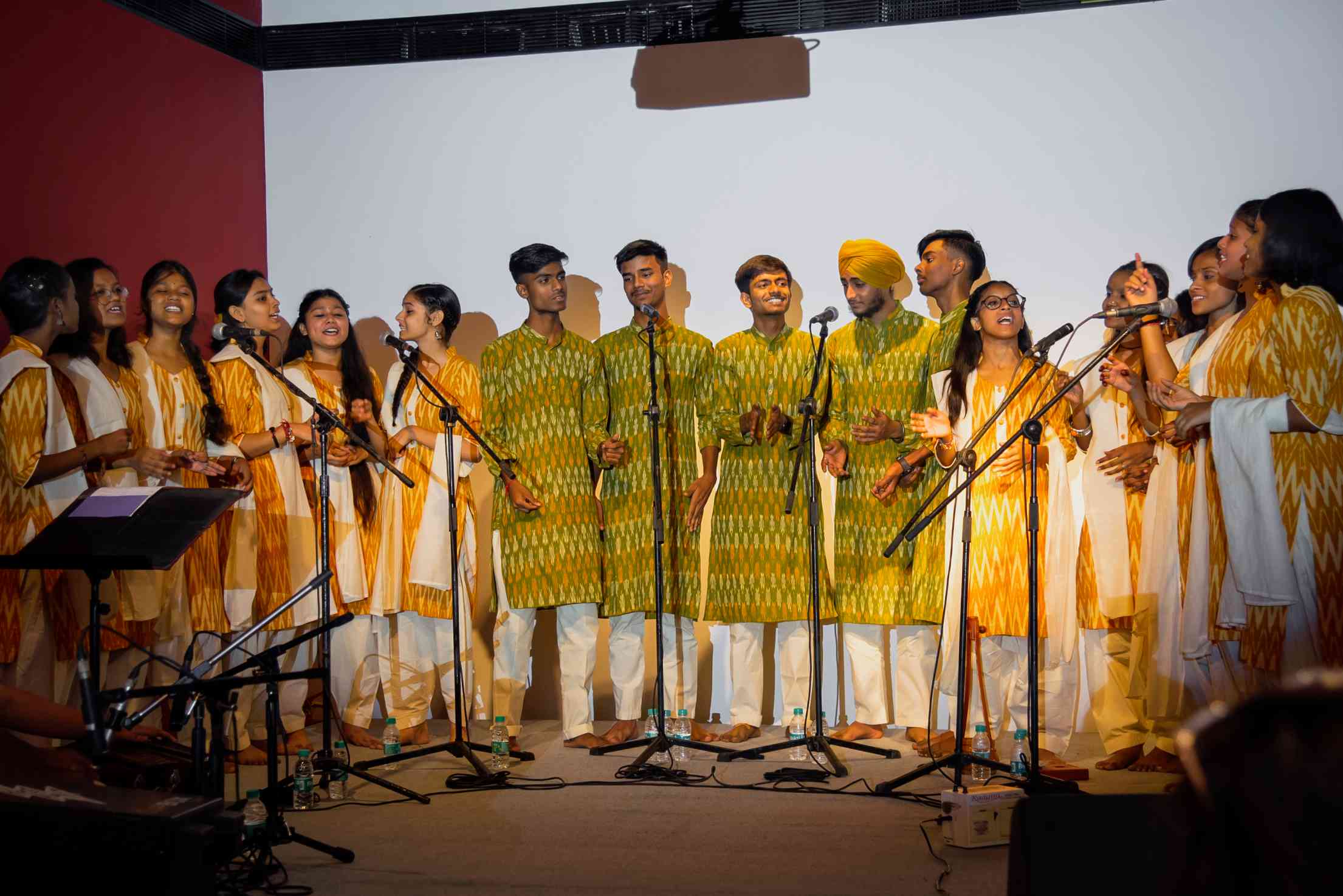
To find young talents from diverse backgrounds, the foundation’s music team conducts auditions across several government and government-aided schools, children’s homes, and orphanages in Chennai and Delhi. “Our main criterion in selecting children for the choir is their level of excitement. Music can be taught, all we need is the enthusiasm,” says Sriram.
“We set up a percussion band in the Ongole district of Andhra Pradesh, which is on the national highway and notorious for child trafficking. We identified around 47 children and youth from this area and worked with them over a period of time to train them in folk art and theatre.”
He continues, “As the children learnt these skills, they were also coached by mentors in social consciousness, communication skills, storytelling, drama, dance, music, and playing musical instruments in the course of participative workshops.”
“They went on to deliver over 14 performances. In 2008, they performed along with famous drummer and percussionist Sivamani at Sir Mutha Venkatasubbarao Auditorium in Chennai.”
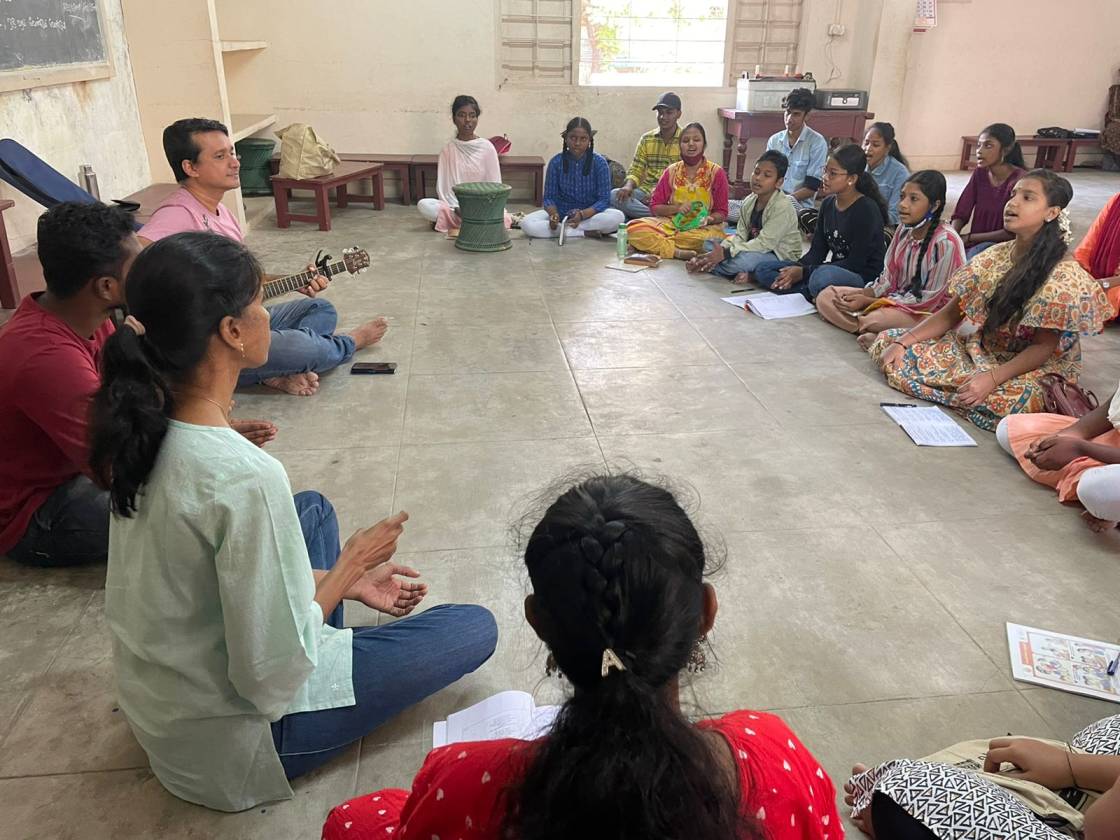
Yet another successful project is the Bihar Children Radio Project. This involved working with adolescent girls in the districts of Patna, Gaya, Samastipur and Lakkisarai to teach them skills in reporting, interviewing, writing scripts, and creating stories on menstruation, sexuality, heath and hygiene.
Over 60 girls were trained as part of the programme. They held four workshops every year, which resulted in the girls producing a 25 minutes radio programme every week to be broadcast on All India Radio, Patna. The programme was aired continuously for 60 weeks.
Paying it forward
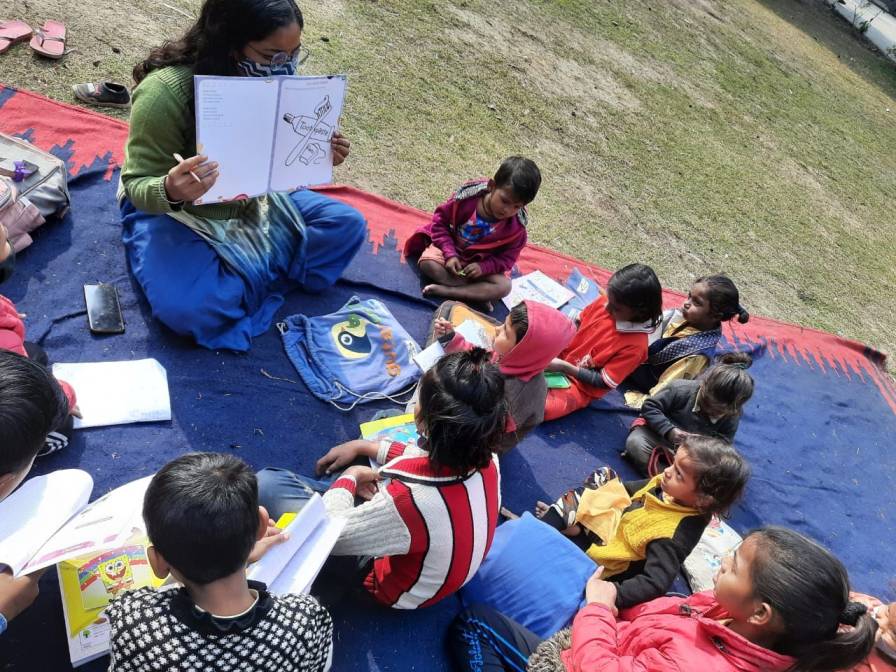
“These children come from very poor parts of Chennai and Delhi. Some have physical and learning disabilities as well. However, once part of the choir, they are all equal. Music unites them,” he adds.
The choir holds the distinction of having performed at Kennedy Center in Washington, DC for the Serenade Choral Festival in 2018. They have also performed alongside several professional musicians in the country.
Dev Singh (17), who is part of the Delhi Children’s Choir, says, “I have been associated with them for over four years now. Music for me is like medicine — it always finds a way to heal. I have been a part of over six performances so far, and each has left me enriched. I am currently in Class 12 and am hoping to continue learning music even after completing school,” he says.
Sameen Almas, associate director, projects at NalandaWay who has been with the foundation for over four years says, “The pursuit of arts allows for introspection, grounding and expression. It is extremely fulfilling to watch these young choir children learn music skills, work together, become a close knit group, enhance their creative confidence and perform on stages without fear. At that moment, they own that space.”
Sriram says that as he started working on building the foundation, with each child they helped, he felt closer to understanding his purpose in life. “Every child we helped brought with them a sense of deep accomplishment. Some of our students are today working in various corporations, earning a good living, and paying it forward,” he says.
Take, for example, Latha Devi Krishnan from Chennai, who has had an incredible journey with NalandaWay. Sriram says, “Latha was a young girl from Chennai who happened to hear me on a radio show. She managed to get my contact details and reached out seeking help. She wanted to study and apply for a scholarship.”
He continues, “When we met her, she was a malnourished child with a deep desire to learn and excel in life. Providing her with the mentorship and scholarship to study was one of the best decisions ever.”
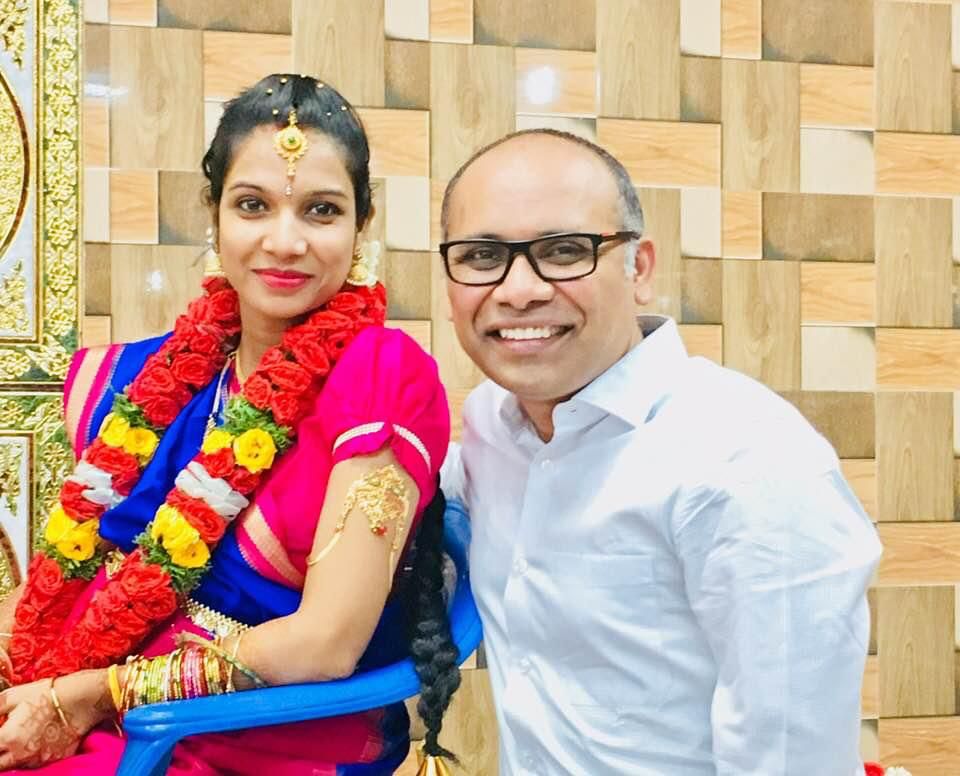
Latha says, “Whatever I am today is because of the support I got from Sriram sir. I was an 18-year-old scared, young girl when I contacted him. I still remember, when I made that call to him, all I had was Rs 20. I didn’t let him speak, just kept insisting that he had to help me complete my education. I was so persistent that Sriram sir had no choice but to ask me to meet him.”
That one meeting changed the course of Latha’s life. Sriram says, “Today, she works in a senior position at a software company in Chennai. She is married and has started her own family as well. It is so heartening to see her do well. Even now, whenever there is a reason for her to celebrate, she ensures to call and keep me updated.”
Latha and her husband actively support and motivate other girls in similar situations as she was once in.
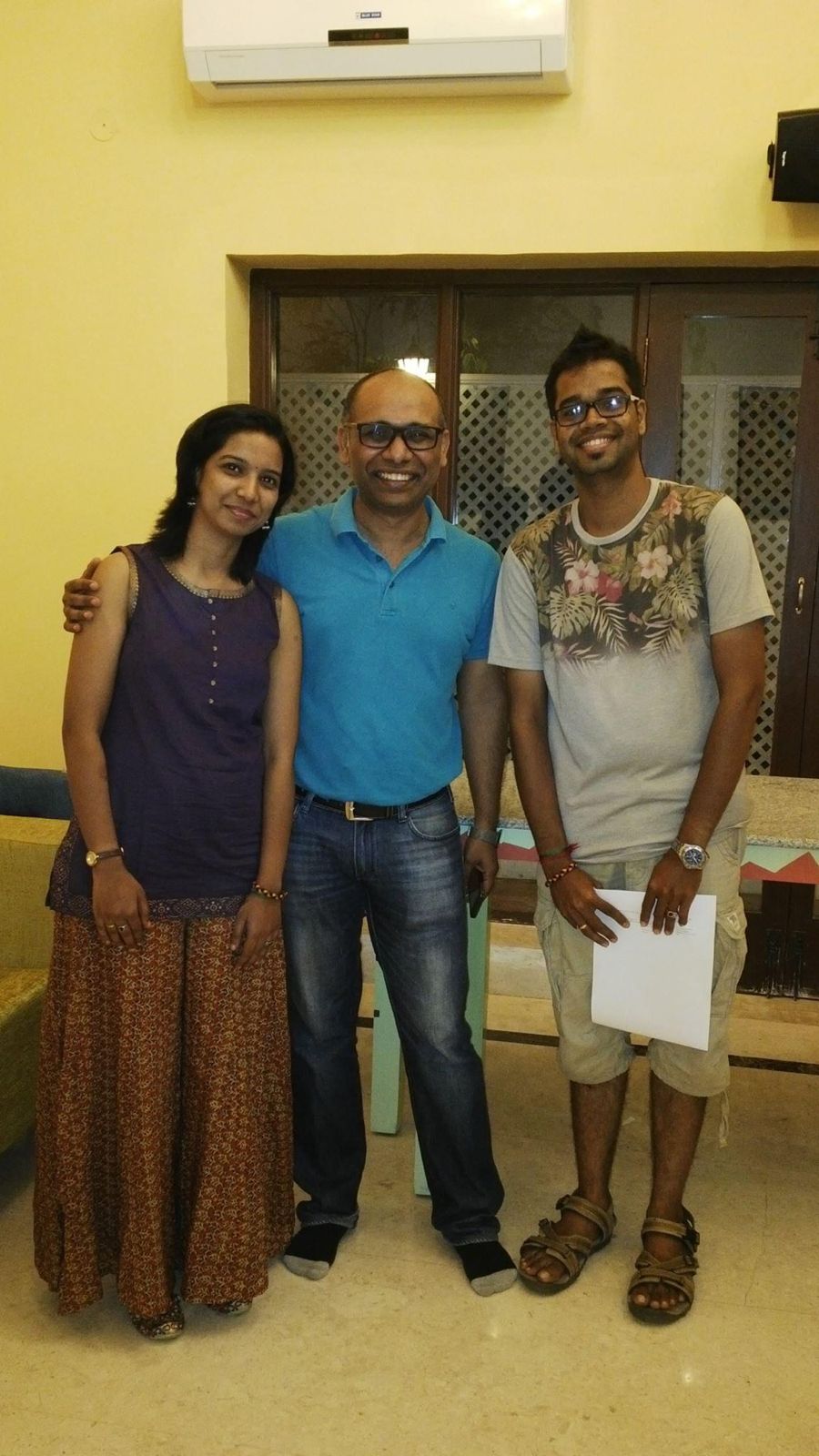
“If I did not pay it forward, I would be the most selfish person on this planet,” she adds.
Sriram says that like Latha, there have been several stories where a real difference has been made by the foundation’s intervention and support. Since his first encounter with a young boy who sold agarbattis, his heartfelt endeavour has come a long way.
If you wish to contact NalandaWay Foundation, please click here.
All images courtesy: NalandaWay Foundation If you found our stories insightful, informative, or even just enjoyable, we invite you to consider making a voluntary payment to support the work we do at The Better India. Your contribution helps us continue producing quality content that educates, inspires, and drives positive change. Choose one of the payment options below for your contribution- By paying for the stories you value, you directly contribute to sustaining our efforts focused on making a difference in the world. Together, let’s ensure that impactful stories continue to be told and shared, enriching lives and communities alike. Thank you for your support. Here are some frequently asked questions you might find helpful to know why you are contributing?

(Edited by Divya Sethu)
This story made me
-
97
-
121
-
89
-
167




